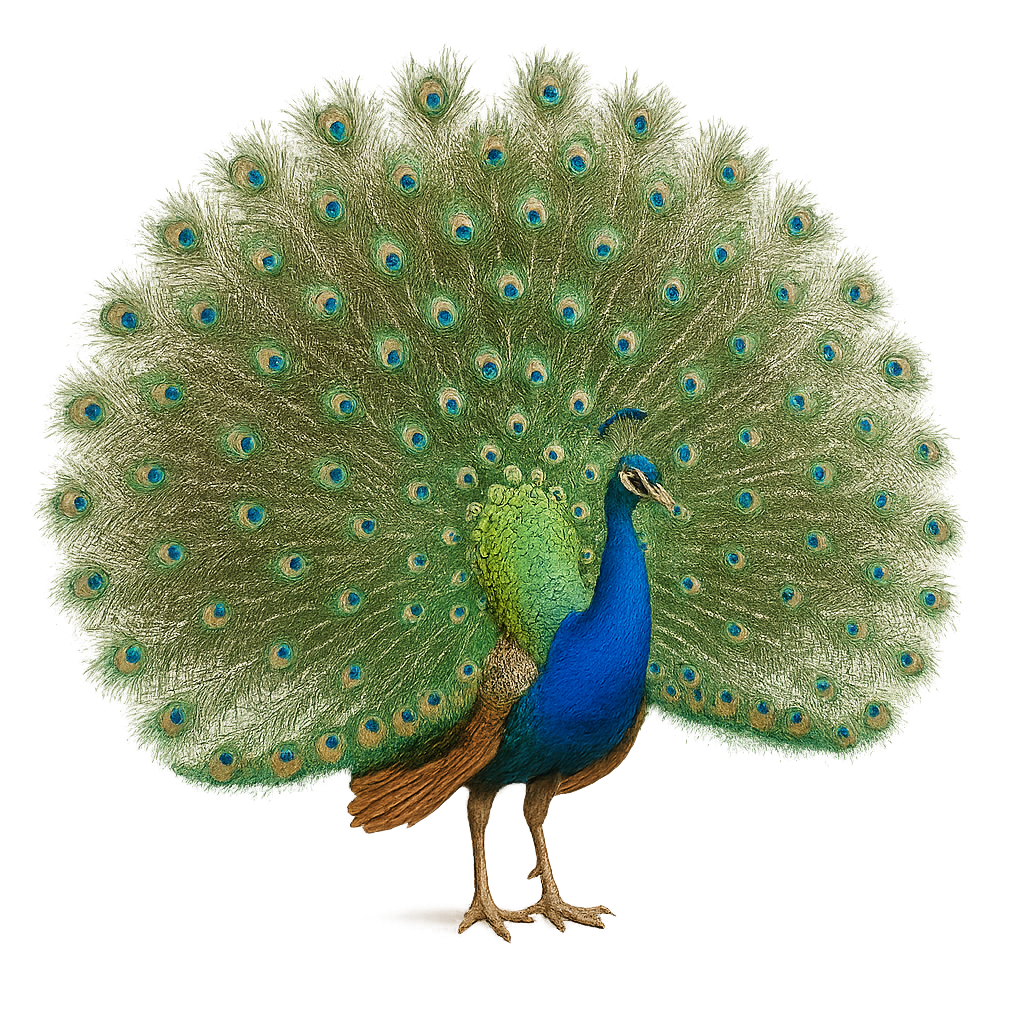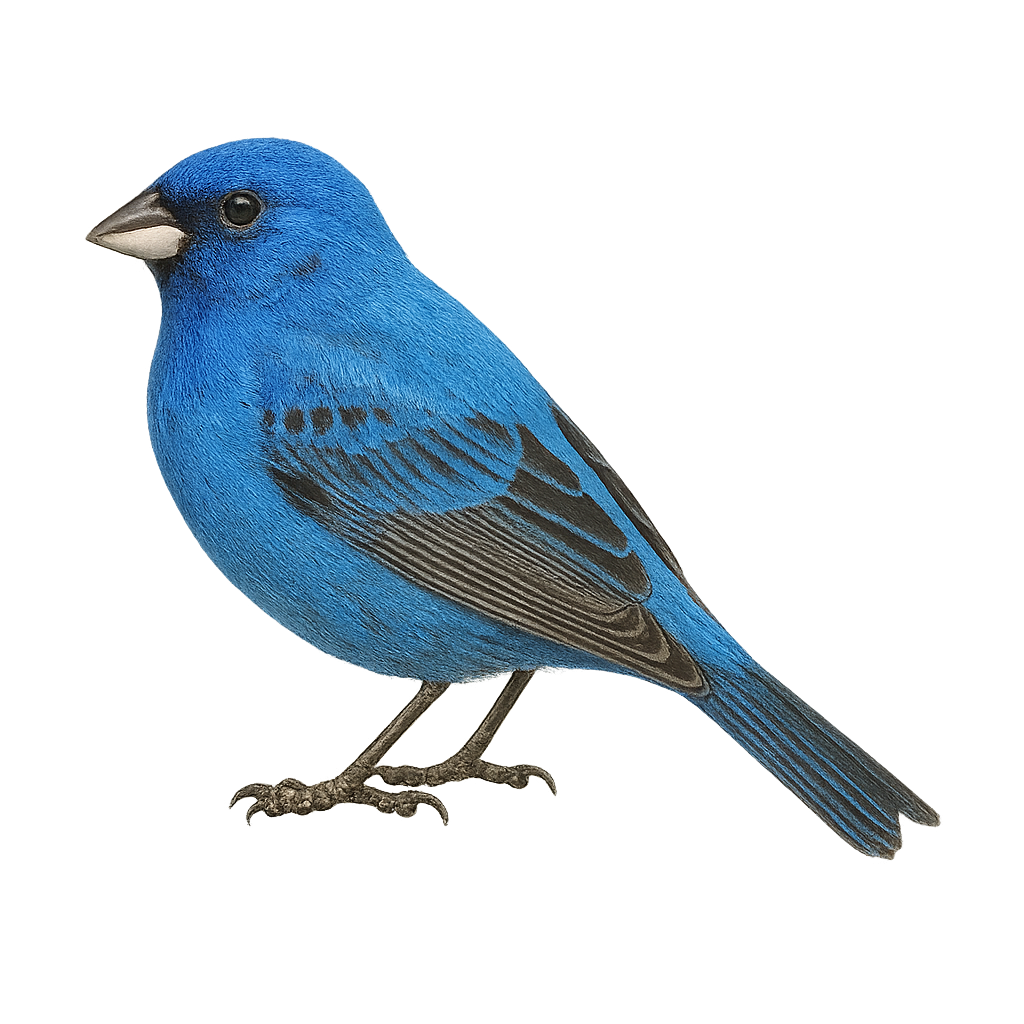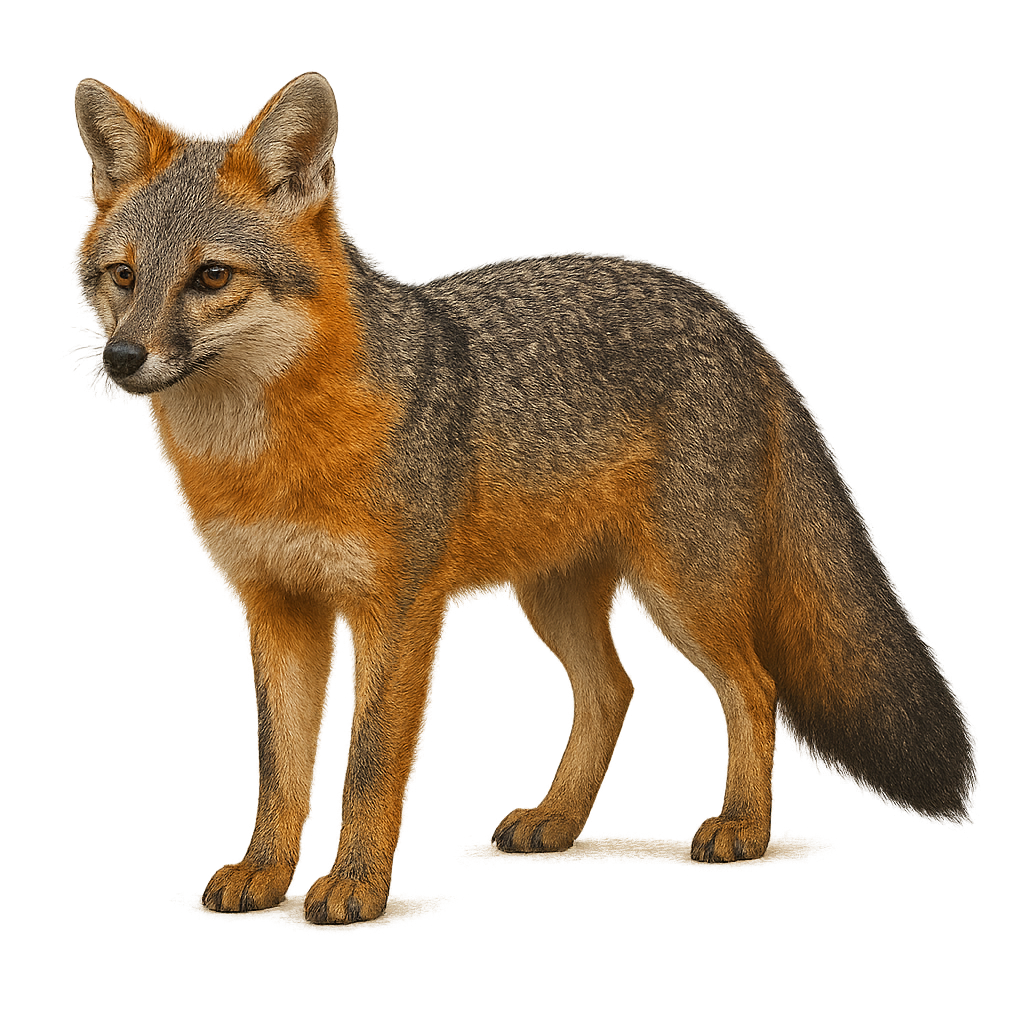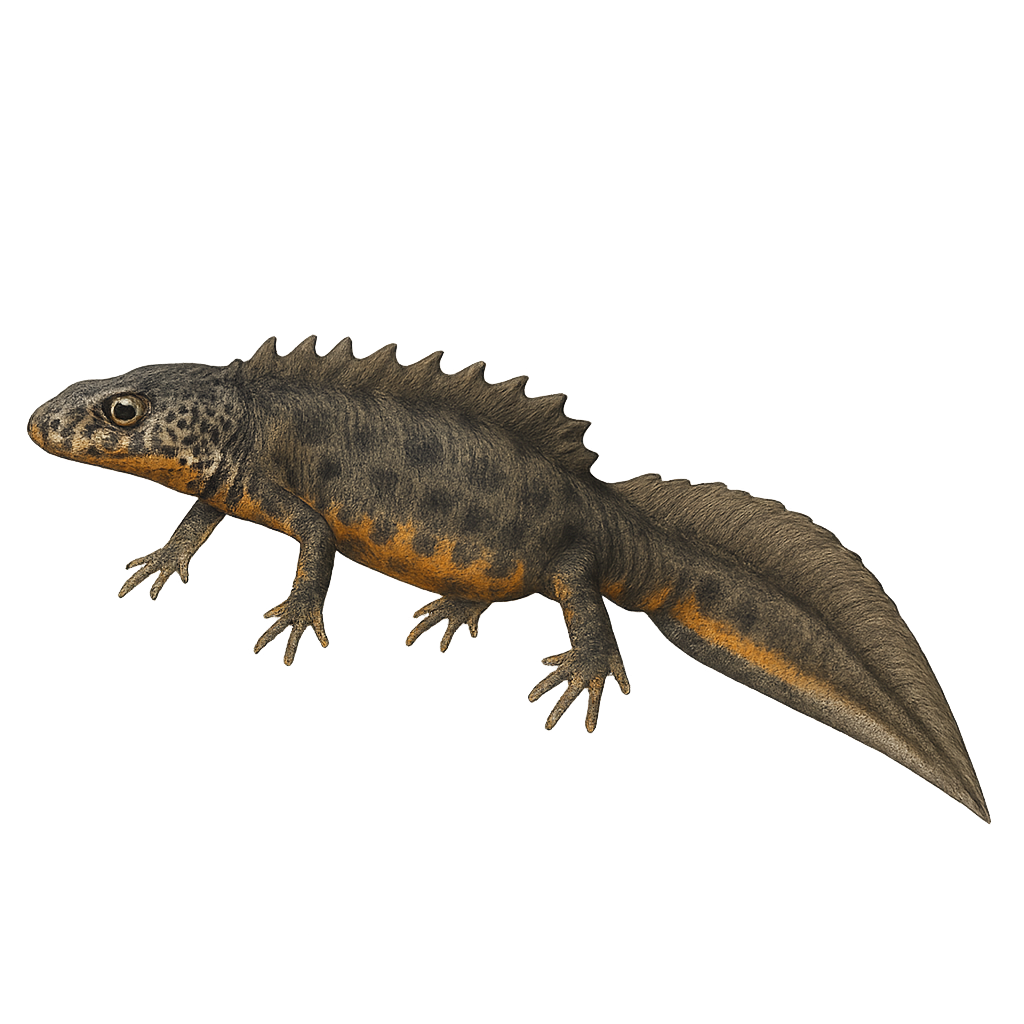Your wildlife tracking tool..
Browse 2,846species by country, track observations, and plan your photo outings.
Your global reference for wildlife photography
WildlifePhotographer gives you access to over 2,846 wildlife species sheets to help you identify, understand, and photograph wildlife around the world. Mammals, birds, reptiles… each sheet provides key information: habitat, activity, life cycle, signs of presence, and tailored photo tips.
Our database grows every week with new iconic species. To go further, access maps, reminders, logs, and personalized statistics in the app — designed to meet the real needs of wildlife photographers in the field.
Indian peafowl
Pavo cristatus
The Peacock is a large bird native to the Indian subcontinent, but it is now found in many parts of the world, often raised for its magnificent feathers. It measures about 2 to 2.5 meters in length, much of which consists of its tail, which can reach up to 1.5 meters in length. The Peacock's feathers are brilliantly colorful, with blue, green, and gold patterns that are displayed during courtship rituals to attract females. Outside of the breeding season, the Peacock is a terrestrial bird, feeding on seeds, fruits, insects, and small reptiles. Although this species is not in immediate danger, it is threatened by habitat loss and hunting in some regions.
Indigo Bunting
Passerina cyanea
The Indigo Bunting, Passerina cyanea, is a small songbird native to North America, renowned for the male's vibrant blue plumage during the breeding season. Females and juveniles display a dull brown plumage, aiding in camouflage. These birds migrate south in winter, reaching as far as Central America. They favor open habitats like fields, forest edges, and thickets. Their diet mainly consists of seeds, insects, and berries. The Indigo Bunting's song is melodious and complex, often used to mark territory and attract mates.
Indian porcupine
Hystrix indica
The Indian Porcupine is a large nocturnal mammal primarily found in South Asia, particularly in India, Nepal, Bangladesh, and Sri Lanka. It measures about 60 to 90 cm in length, with a tail of 25 to 30 cm, and weighs between 10 and 20 kg. Its body is covered with long, rigid quills that range from black to white, forming distinct bands along its back. The Indian Porcupine uses its quills as a defense against predators and can easily detach them to throw when threatened. This porcupine is herbivorous, primarily feeding on fruits, roots, bark, and young shoots. While its population remains generally stable, it can be threatened by deforestation, habitat loss, and hunting.
Indian python
Python molurus
The Indian Python is a large snake primarily found in the Indian subcontinent, including Sri Lanka, Nepal, Bangladesh, and Pakistan. It typically measures between 3 and 4 meters in length, although some specimens can reach up to 6 meters, and weighs between 30 and 90 kg. Its coloration is generally beige or light brown with dark spot-like patterns along its back. The Indian Python is a constrictor, meaning it kills its prey by suffocating it before swallowing it whole. It primarily feeds on mammals, birds, and reptiles, which it captures using its strength and ability to camouflage in its environment. While its population remains relatively stable, this snake can be threatened by habitat loss and hunting for its skin.
Island Fox
Urocyon littoralis
The Island Fox, Urocyon littoralis, is a small canid endemic to California's Channel Islands. Smaller than its mainland relative, the gray fox, it has a silver-gray coat with reddish and white hues. This fox is well adapted to its insular environment, feeding mainly on small mammals, insects, and fruits. Its reduced size is an example of insular dwarfism, a common adaptation for island-dwelling species. Although its population was threatened by introduced predators and diseases, conservation efforts have stabilized its numbers.
Italian Crested Newt
Triturus carnifex
The Italian Crested Newt, Triturus carnifex, is a species of newt in the family Salamandridae. It is characterized by its rough skin and prominent dorsal crest, especially visible in males during the breeding season. This newt typically measures between 10 and 16 cm in length. Its coloration ranges from brown to black, with lighter spots on the belly. It primarily inhabits wetlands, such as ponds and marshes, and is often found in nearby forests and grasslands. Although its population is stable, it faces threats from habitat destruction and water pollution.







